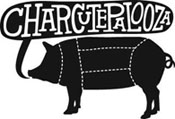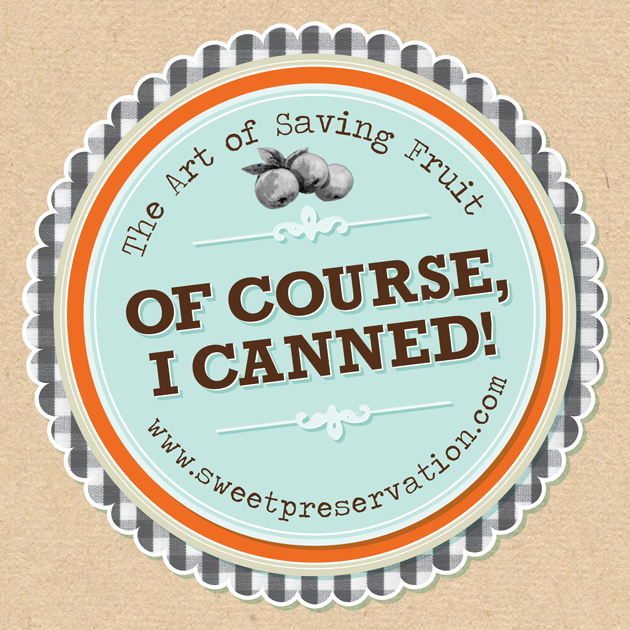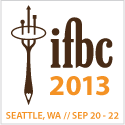Fruit Butter.
I just like the way it sounds.
The word butter is kinda' fun to say, and paired with fruit, well, you can't go wrong.

Peach Butter
Fruit butter can be made a few different ways, and in my experience, they are all delicious. Some are thicker than others. Some have spices, like cinnamon, nutmeg or cardamom. Good old-fashioned white sugar is the standard sweetener, but you might use brown sugar, honey, or even something like Splenda.
You can choose to cook it longer in some cases, to achieve that deep brown caramelized flavor, like the Apple Butter* grandma used to make.
And to make it even more interesting, or maybe confusing for some, it can either be cooked on the stove top, or in the oven at a low temperature, say 300 degrees, for approximately 5 hours.
Stove top method:
- CON: Requires more attention because it is cooking at a higher surface temp.
- CON: Needs to be stirred more often.
- CON: Can sometimes splatter the surrounding area, including the person doing the stirring.
- PRO: Spices and seasonings can be added more easily.
- PRO: Fruit butter can be removed from the heat or simply turned off, at the perfect moment of doneness, which is usually 1-2 hours.
Oven method:
- PRO: Lower cooking temp means you don't have to watch it as closely.
- CON: More difficult to stir.
- PRO: Less mess is made if it's cooked in the oven. No (or very little) splattering.
- CON: Not as easy to taste and/or add spices and seasonings.
- CON: Might be a hassle to remove a possibly heavy container of hot sticky liquid from the oven.
Even though most recipes call for cooking your fruit butter in a pan on the stove the method I hear most people use lately is a crock pot and it's a wonderful option! The crock pot, with it's easy accessibility for stirring plus it's slow-cooking capabilities, combines the best of both worlds of the other two methods outlined here.
I should mention there are a couple of other things to consider: There are 2 different ways to achieve the characteristic smoothness of fruit butters.
1.) A food mill might be used. It removes skins and seeds while pureeing the cooked fruit.
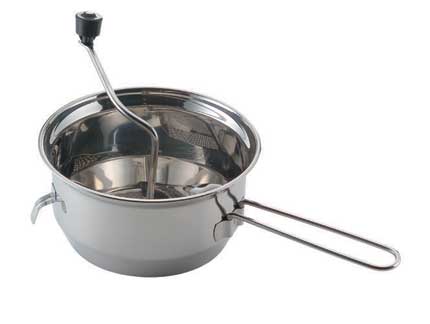
2.) Or you might peel, pit & pare the fruit first, and then use a hand-held immersion blender...
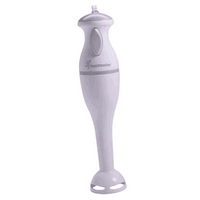
....in the final stages of cooking.

*Many older recipes for Apple Butter call for adding 2 cups of apple cider AND 2 cups of apple cider vinegar for every 8 pounds of apples. This gives the Apple Butter a certain tangy taste. So if you're looking to duplicate the Apple Butter you grew up with; the one made by your grandmothers and great-grandmothers, apple cider vinegar might be the secret ingredient you haven't been seeing in the more modern Apple Butter recipes.

